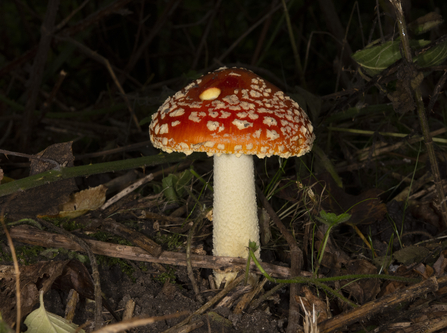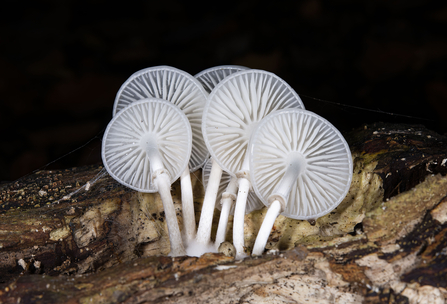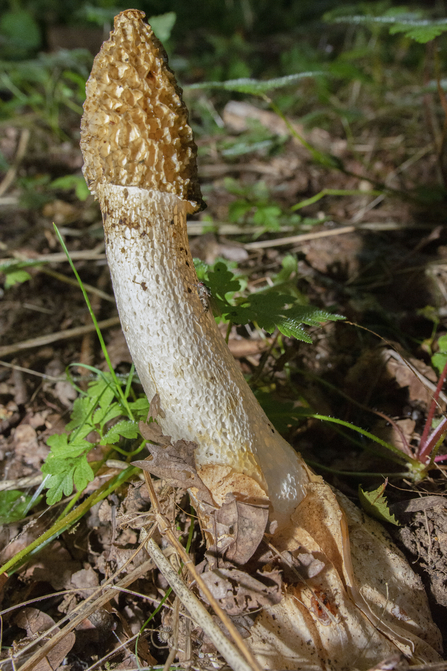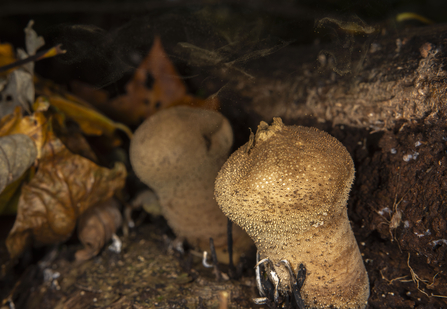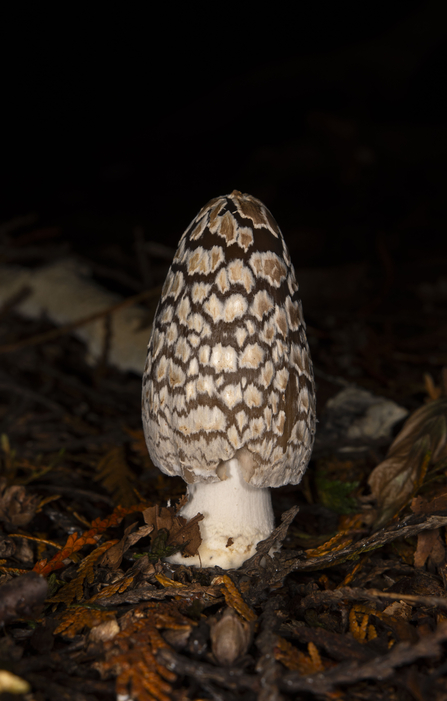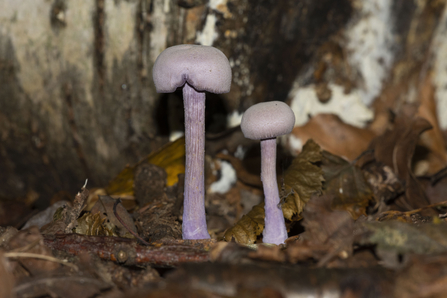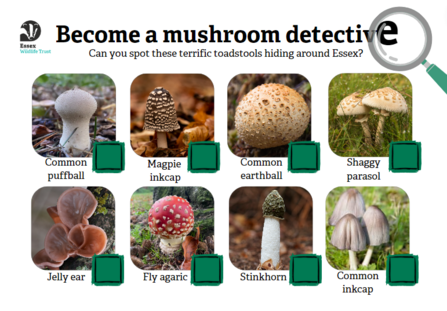For much of the year, fungi remain hidden underground as a network of thread-like structures interwoven with tree roots. The fungi and trees can form a mutualistic relationship; by increasing the surface area of their roots, the trees can suck up more nutrients and water while the fungi obtain sugars. They can also have a more sinister relationship, where they slowly kill the trees. These fascinating interactions are mostly hidden from sight, but during autumn many fungi become visible above ground in the form of mushrooms. It is these mushrooms that allow fungi to disperse their spores (microscopic particles that act as seeds do in plants) to reproduce.
Perhaps the most striking fungus is the fly agaric. This is a common mushroom of birch woods, standing out due to its bright red cap dotted with white. You may recognise it as the signature mushroom in fairytales. The colour red is nature’s warning signal, and indeed, the fly agaric is poisonous with hallucinogenic properties. Certainly, don’t eat it.


